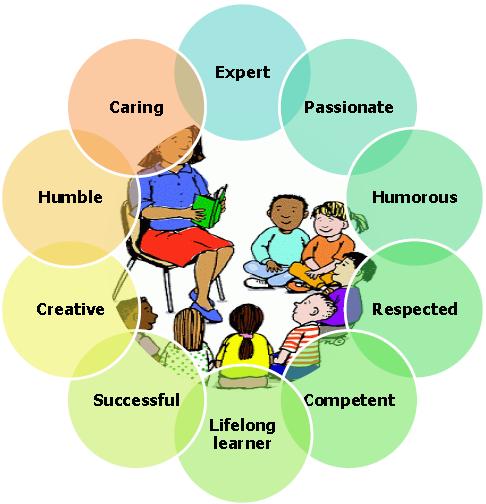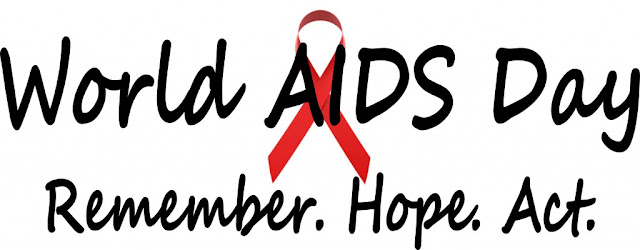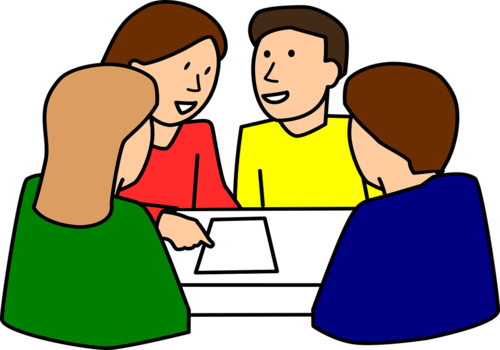 Learning disabilities are neurologically-based processing problems. These processing problems can interfere with learning basic skills such as reading, writing and/or math. They can also interfere with higher level skills such as organization, time planning, abstract reasoning, long or short term memory and attention. It is important to realize that learning disabilities can affect an individual’s life beyond academics and can impact relationships with family, friends and in the workplace.
Learning disabilities are neurologically-based processing problems. These processing problems can interfere with learning basic skills such as reading, writing and/or math. They can also interfere with higher level skills such as organization, time planning, abstract reasoning, long or short term memory and attention. It is important to realize that learning disabilities can affect an individual’s life beyond academics and can impact relationships with family, friends and in the workplace.
Since difficulties with reading, writing and/or math are recognizable problems during the school years, the signs and symptoms of learning disabilities are most often diagnosed during that time. However, some individuals do not receive an evaluation until they are in post-secondary education or adults in the workforce. Other individuals with learning disabilities may never receive an evaluation and go through life, never knowing why they have difficulties with academics and why they may be having problems in their jobs or in relationships with family and friends.
Learning disabilities should not be confused with learning problems which are primarily the result of visual, hearing, or motor handicaps; of mental retardation; of emotional disturbance; or of environmental, cultural or economic disadvantages.
Generally speaking, people with learning disabilities are of average or above average intelligence. There often appears to be a gap between the individual’s potential and actual achievement. This is why learning disabilities are referred to as “hidden disabilities”: the person looks perfectly “normal” and seems to be a very bright and intelligent person, yet may be unable to demonstrate the skill level expected from someone of a similar age.
A learning disability cannot be cured or fixed; it is a lifelong challenge. However, with appropriate support and intervention, people with learning disabilities can achieve success in school, at work, in relationships, and in the community.
In Federal law, under the Individuals with Disabilities Education Act (IDEA), the term is “specific learning disability,” one of 13 categories of disability under that law.
“Learning Disabilities” is an “umbrella” term describing a number of other, more specific learning disabilities, such as dyslexia and dysgraphia. Find the signs and symptoms of each, plus strategies to help below.
Specific Learning Disabilities
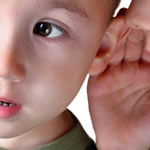 Auditory Processing Disorder (APD)
Auditory Processing Disorder (APD)
Also known as Central Auditory Processing Disorder, this is a condition that adversely affects how sound that travels unimpeded through the ear is processed or interpreted by the brain. Individuals with APD do not recognize subtle differences between sounds in words, even when the sounds are loud and clear enough to be heard. They can also find it difficult to tell where sounds are coming from, to make sense of the order of sounds, or to block out competing background noises.
Dyscalculia
A specific learning disability that affects a person’s ability to understand numbers and learn math facts. Individuals with this type of LD may also have poor comprehension of math symbols, may struggle with memorizing and organizing numbers, have difficulty telling time, or have trouble with counting.
 Dysgraphia
Dysgraphia
A specific learning disability that affects a person’s handwriting ability and fine motor skills. Problems may include illegible handwriting, inconsistent spacing, poor spatial planning on paper, poor spelling, and difficulty composing writing as well as thinking and writing at the same time.
 Dyslexia
Dyslexia
A specific learning disability that affects reading and related language-based processing skills. The severity can differ in each individual but can affect reading fluency, decoding, reading comprehension, recall, writing, spelling, and sometimes speech and can exist along with other related disorders. Dyslexia is sometimes referred to as a Language-Based Learning Disability.
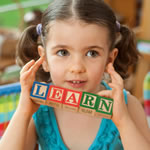 Language Processing Disorder
Language Processing Disorder
A specific type of Auditory Processing Disorder (APD) in which there is difficulty attaching meaning to sound groups that form words, sentences and stories. While an APD affects the interpretation of all sounds coming into the brain, a Language Processing Disorder (LPD) relates only to the processing of language. LPD can affect expressive language and/or receptive language
 Non-Verbal Learning Disabilities
Non-Verbal Learning Disabilities
A disorder which is usually characterized by a significant discrepancy between higher verbal skills and weaker motor, visual-spatial and social skills. Typically, an individual with NLD (or NVLD) has trouble interpreting nonverbal cues like facial expressions or body language, and may have poor coordination.
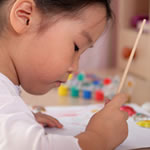 Visual Perceptual/Visual Motor Deficit
Visual Perceptual/Visual Motor Deficit
A disorder that affects the understanding of information that a person sees, or the ability to draw or copy. A characteristic seen in people with learning disabilities such as Dysgraphia or Non-verbal LD, it can result in missing subtle differences in shapes or printed letters, losing place frequently, struggles with cutting, holding pencil too tightly, or poor eye/hand coordination.
Related Disorders
 ADHD
ADHD
A disorder that includes difficulty staying focused and paying attention, difficulty controlling behavior and hyperactivity. Although ADHD is not considered a learning disability, research indicates that from 30-50 percent of children with ADHD also have a specific learning disability, and that the two conditions can interact to make learning extremely challenging.
 Dyspraxia
Dyspraxia
A disorder that is characterized by difficulty in muscle control, which causes problems with movement and coordination, language and speech, and can affect learning. Although not a learning disability, dyspraxia often exists along with dyslexia, dyscalculia or ADHD.
Executive Functioning
An inefficiency in the cognitive management systems of the brain that affects a variety of neuropsychological processes such as planning, organization, strategizing, paying attention to and remembering details, and managing time and space. Although not a learning disability, different patterns of weakness in executive functioning are almost always seen in the learning profiles of individuals who have specific learning disabilities or ADHD.
 Memory
Memory
Three types of memory are important to learning. Working memory, short-term memory and long-term memory are used in the processing of both verbal and non-verbal information. If there are deficits in any or all of these types of memory, the ability to store and retrieve information required to carry out tasks can be impaired.
Courtesy: https://ldaamerica.org/types-of-learning-disabilities/

